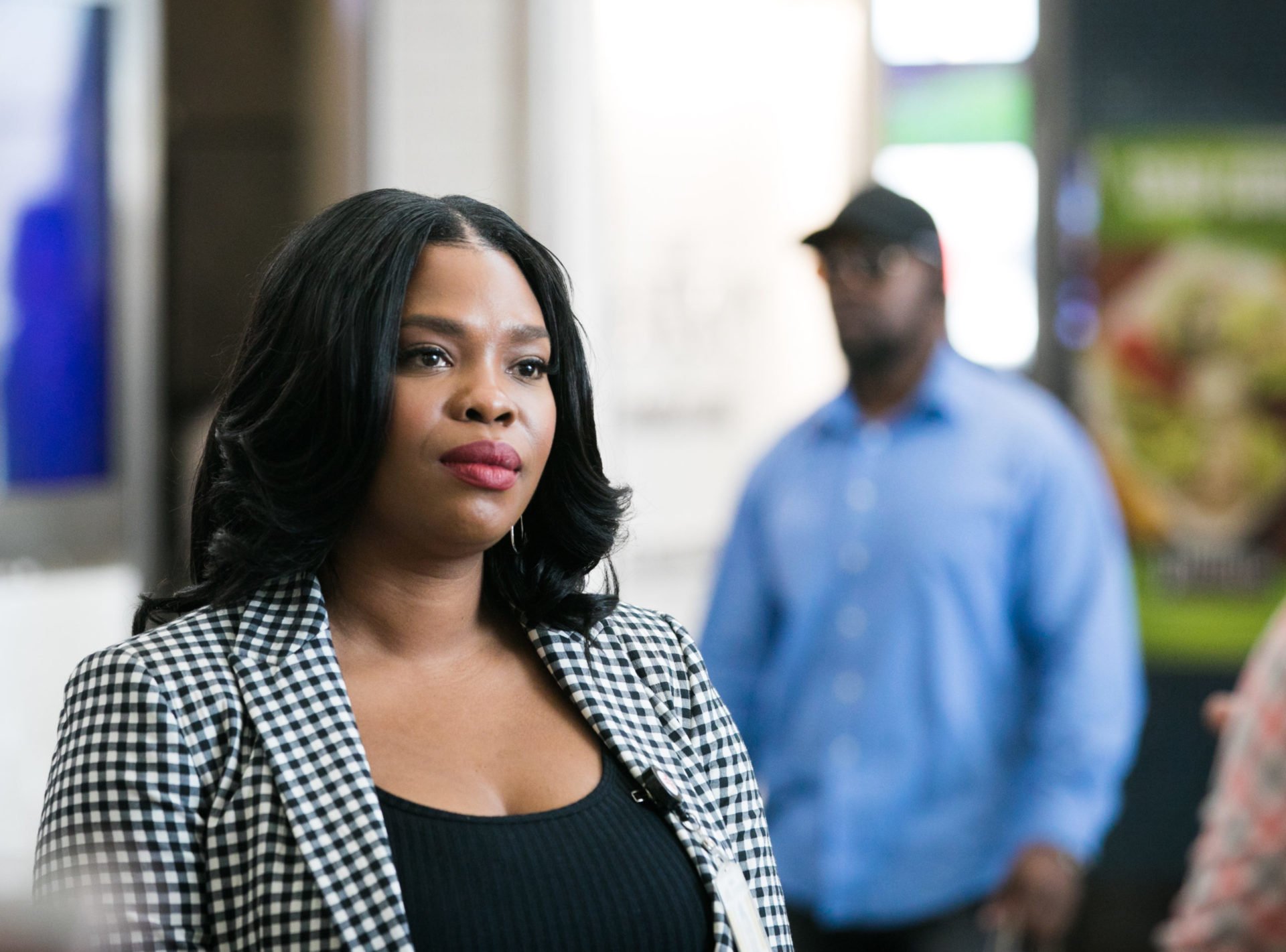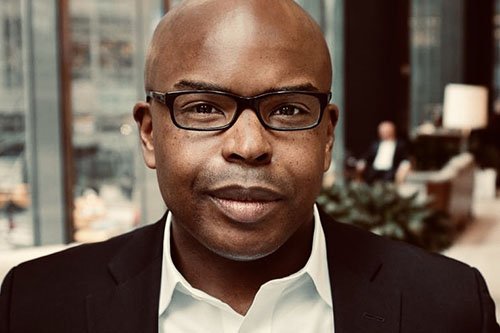This story originally appeared in Techonomy’s Winter 2020 magazine.
A few years ago, when Jasmine Crowe worked as a philanthropy entrepreneur in Atlanta, she started “Sunday Soul,” a dinner series for senior citizens and relatively low-income families. Before each dinner, Crowe cooked meals, or drove around the city collecting donated food from restaurants. She recalls asking restaurants: “Why don’t you donate leftover food?” Some of the responses: If someone gets sick from donated pot roast, could the restaurant be sued? Was donating food even legal? Some people were unaware that by donating food, they’d qualify for tax benefits.
Crowe, now 36, recalls looking at the statistics: In the U.S., more than half of all produce is discarded each year, much of it from restaurants and grocery stores. Industrialized nations waste more than $680 billion worth of food annually, especially cereals, root crops, fruits and meats. Every year, about one-third of food produced for people is wasted or lost, according to the United Nations’ Food and Agriculture Organization. The astonishing waste comes even as parts of the world teem with hunger and poverty. That’s why eliminating hunger and promoting food security is one of the U.N.’s Sustainable Development Goals for the planet by 2030. Given those facts, Crowe concluded: “Hunger isn’t an issue of scarcity. It’s a logistics issue.”

Soon, she started developing a business plan to tackle one key question: Can technology be used to reduce hunger and food waste—and effectively create UberEats, in reverse?
The result was Goodr, an Atlanta-based company launched in 2017, largely built on a mobile app and blockchain. Here’s how it works: A restaurant manager uses the company’s app, or its website, and indicates what food items the restaurant can donate. Goodr’s platform, in turn, calculates the estimated weight of each food item and the tax value earned by the restaurant. Within an hour, one of Goodr’s freelance drivers picks up the order. The driver signs for the donation just as you’d sign for a UPS package. About 15 minutes later, the food is delivered to nursing homes, homeless shelters, after-school programs and, sometimes, pop-up grocery stores. Speed is essential, because in some cities food becomes illegal to use after a certain amount of time.

The blockchain provides a transparent record of how the food was handled. Goodr delivers voluminous, detailed reports to clients, outlining, for example, exactly how many pounds of food were kept out of landfills and how much carbon dioxide and methane gas emissions were avoided. Goodr’s reports are so precise that clients gain insight into which foods are most often wasted, so they can buy less.
Initially, Crowe’s business grew slowly. She had to convince prospective customers it was worth paying to handle food they threw away. She emphasized that Goodr’s data could yield a meaningful social impact story. There was also skepticism because Crowe, as an African-American woman, didn’t fit many prospective investors’ and customers’ vision of a tech-focused waste management entrepreneur. Some even suggested she hire a white male co-founder to make potential partners feel more comfortable. She dismissed that nonsense. “I can’t change the color of my skin, or my sex,” she says. “But I’m solving a problem from an authentic place.”

Now, Goodr is growing quickly, with a staff of 17. The company is now in 7 cities, and by the end of 2020 expects to be in 20. Crowe is fielding requests to expand globally. In the last year, she has become an unlikely American voice in an emerging global conversation about tech-centered solutions to food waste. She has spoken at the Aspen Ideas Festival and a U.S. government conference in the Netherlands for entrepreneurs (and at Techonomy).
“We’re so greedy in America,” Crowe observes. “It continues to bother me that more people don’t see this as an opportunity, when many people are going to bed hungry.”
Hear more of Crowe’s insights at Techonomy’s 2019 retreat in Half Moon Bay, Calif.















